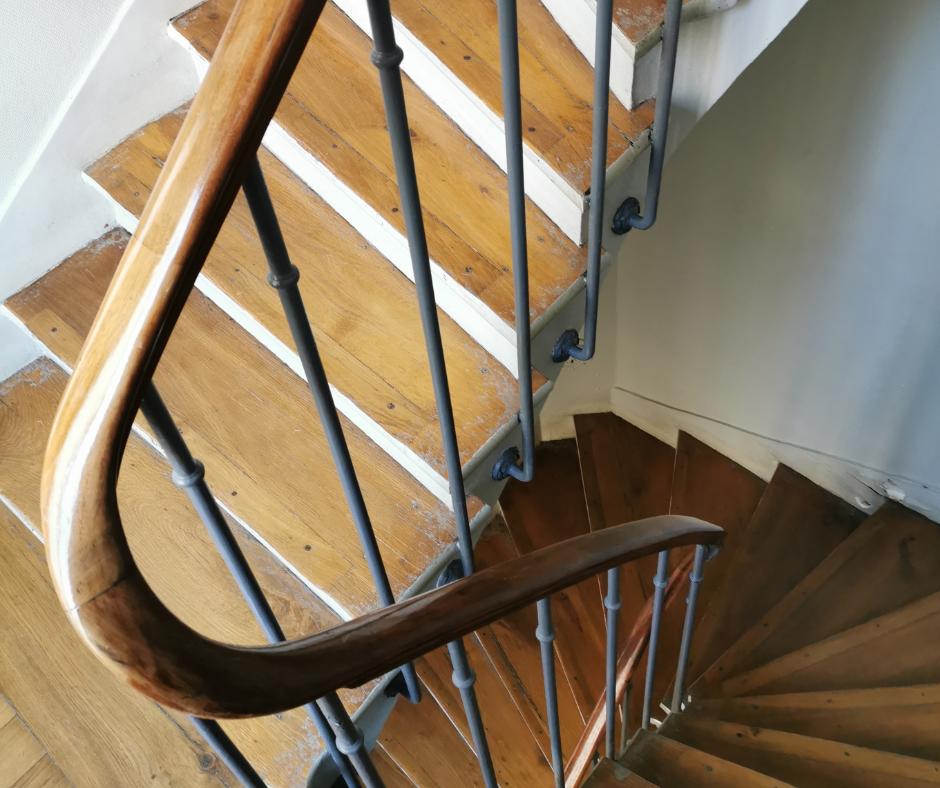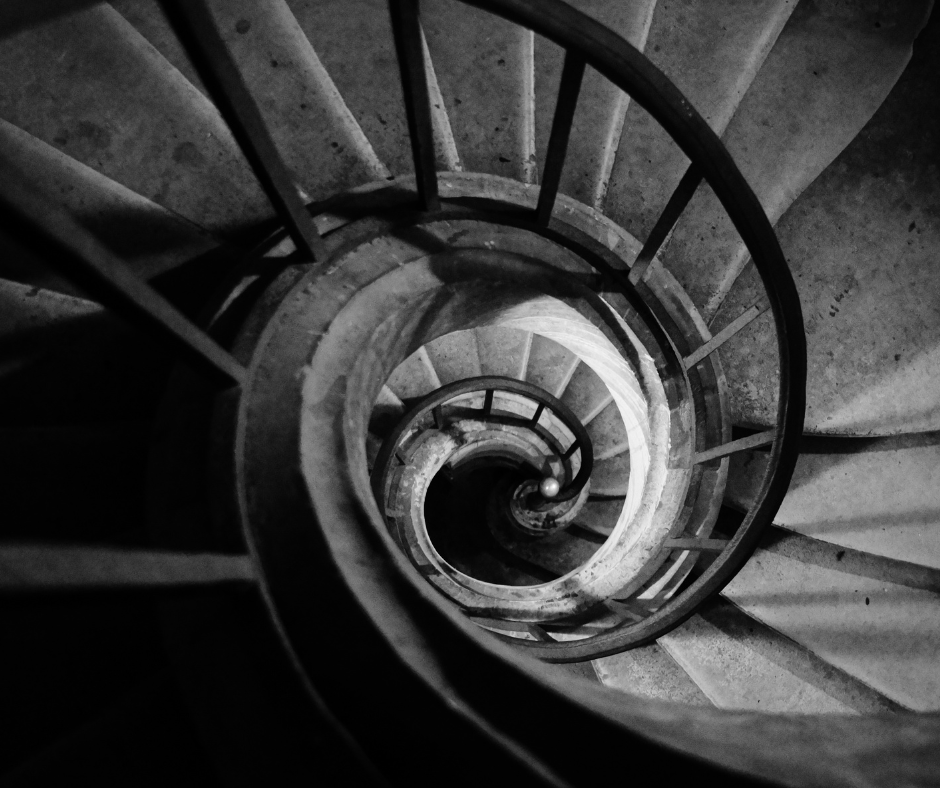Curved oak stair treads not only give your stairs a sturdy surface but also add a touch of timeless beauty to your home.
These treads are perfect for creating a seamless, stylish look that makes your staircase stand out.
And if you want to make each step softer and cozier, adding carpet stair treads on top of the oak can be a great option.
Why Oak Works So Well for Curved Stairs
Oak is a fantastic choice for curved stairs because it's strong and long-lasting.
This wood can handle the wear and tear that stairs go through every day, making it a smart pick for busy households.
Plus, oak has a rich, beautiful grain that looks great in both traditional and modern homes.
The best part is, oak can be shaped easily to fit the curves of your stairs, giving your staircase a smooth and elegant finish.
Other Types of Wood to Consider
While oak is popular, there are other types of wood that might work for your stairs too.
If you prefer a lighter color, maple or birch could be the way to go.
These woods are sturdy and have a softer, more subtle look.
If you're aiming for a more luxurious feel, cherry or walnut, with their deep, rich colors, might be just right.
Each type of wood has its own pros and cons, but oak is often chosen because it balances beauty with strength.
Pros and Cons of Curved Staircases
Curved staircases can make a big statement in your home, but they come with their own set of ups and downs.
On the bright side, they look elegant and add a nice flow to your space.
Walking up and down a curved staircase can feel more natural than a straight one.
But on the flip side, curved staircases can be pricier and trickier to build.
They need more planning and the right materials, like curved oak stair treads, which can be harder to find.
They also take up more space, which might not work well in smaller homes.
Figuring Out the Right Measurements for Curved Stairs
Designing curved stairs takes some careful math.
Builders use a formula called the "ideal rise and run" to get the measurements just right.
The rise (how tall each step is) is usually around 7 inches, and the run (how deep each step is) is about 10 inches.
For curved stairs, these numbers are adjusted to fit the curve, making sure each step is even and easy to walk on.
Installing Self-Adhesive Carpet Stair Treads on Curved Oak Stairs
If you want to make your curved oak stairs safer and more comfortable, self-adhesive carpet stair treads are a simple solution.
To install carpet stair treads on curved stairs, start by cleaning the oak treads well to get rid of any dust.
Then, carefully line up the carpet tread with the edge of the step and press it down, smoothing out any bumps.
It’s a quick and easy way to add grip and protect the oak from getting worn down.
Curved Nose Rubber Stair Treads: Another Option
Curved nose rubber stair treads are another good choice if you want to protect your stairs and add a non-slip surface.
These treads are especially helpful in homes with kids or older adults because they offer great traction.
They also come in different styles, so you can pick one that matches your home’s look.
Installing rubber treads is similar to carpet treads but may need a bit more adhesive to keep them secure.
Wrapping Things Up
Curved oak stair treads are a smart and stylish pick for anyone looking to upgrade their staircase.
Curved staircases can be a bit tricky, but with the right materials and a little know-how, you can create a staircase that’s both beautiful and functional.
Whether you go with carpet, rubber treads, or just let the oak shine, curved oak stair treads will make your staircase a real showstopper.



